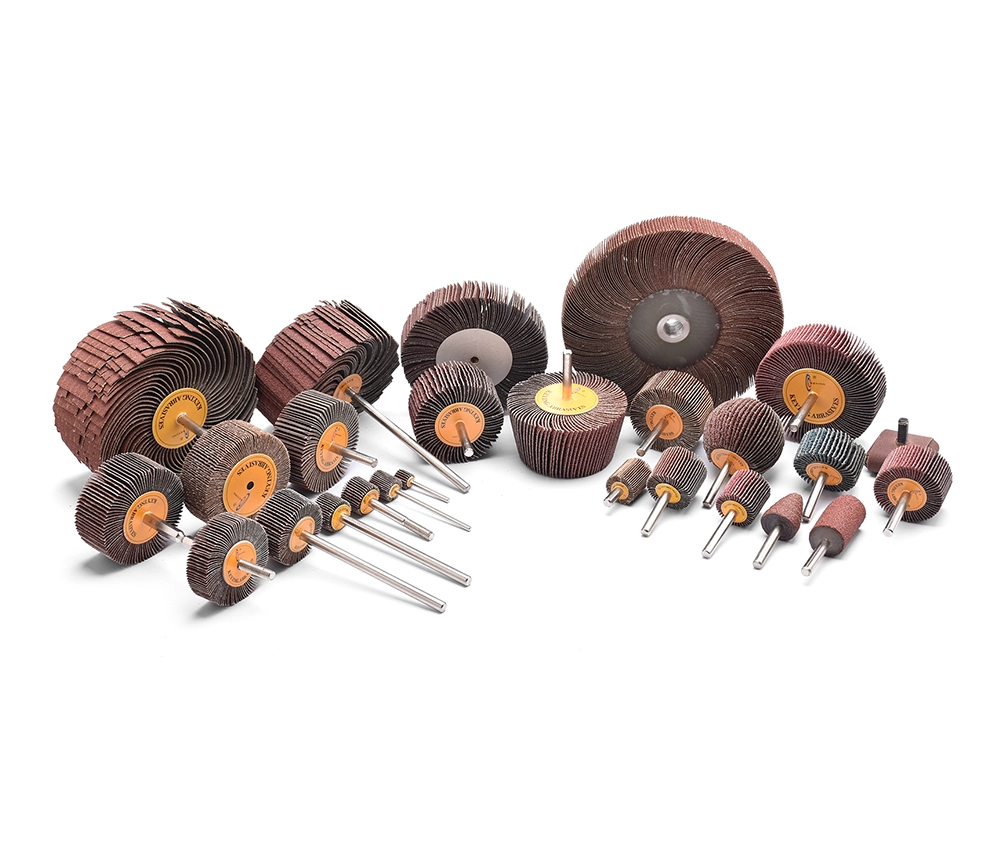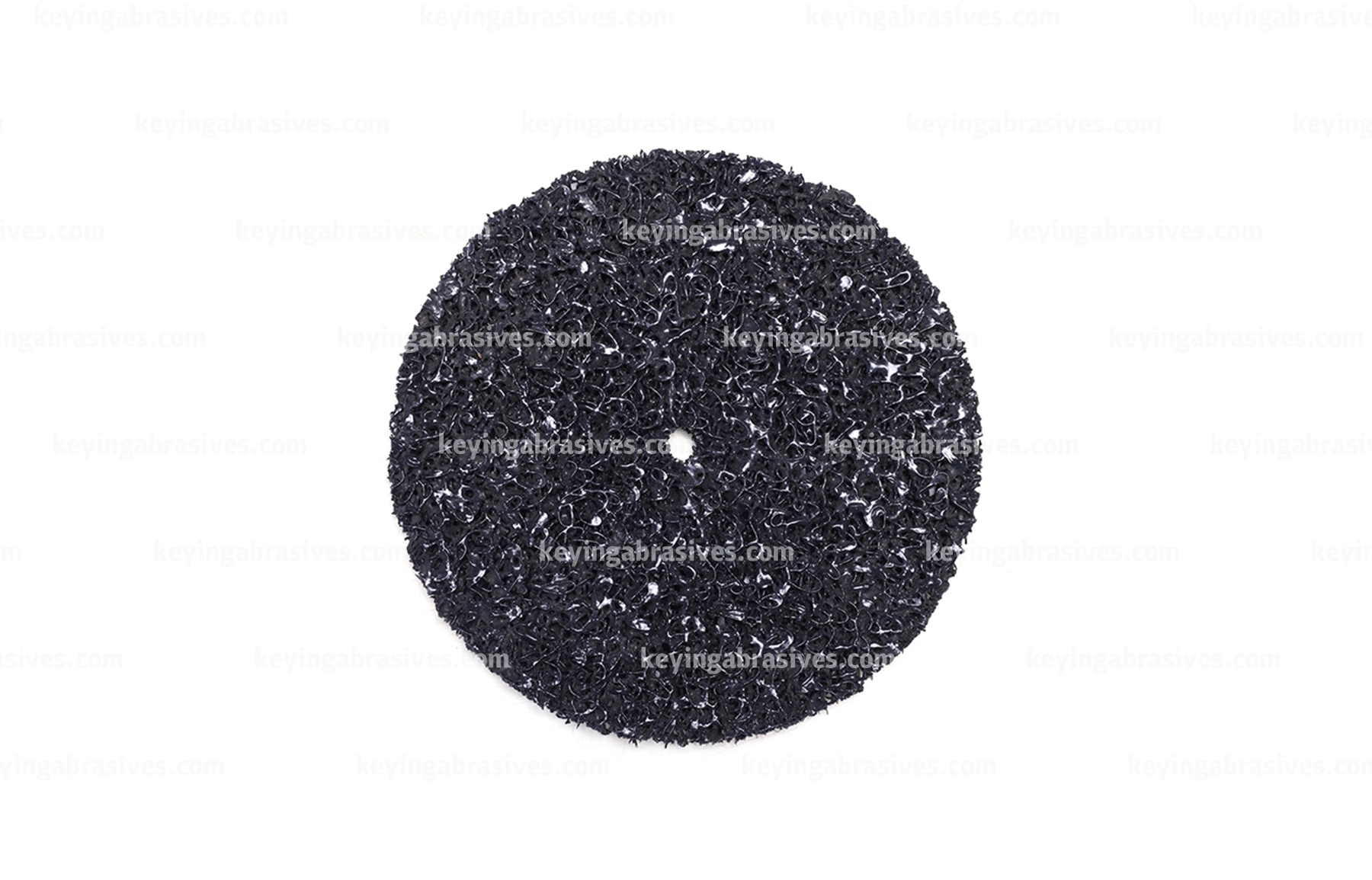
Dec 20-2017
Wool head sanders are usually installed on polishing machines for polishing and grinding. They are commonly used for treating scratches on surfaces such as glass, stainless steel, wood, and jewelry to achieve a mirror-like effect.
Wool head sanders are non-toxic, odorless, non-corrosive, and have good elasticity and high polishing efficiency. They also have the characteristics of dust prevention, sound insulation, padding, and oil sealing. This product is widely used in light textile industries such as machinery, electronics, home appliances, military, metallurgy, mining, and chemical industry. It can also be used for polishing marble, stainless steel, precision furniture, aircraft, automobiles, trains, ships, machine tools, and other equipment.
Wool head sanders are essential for glass polishing and are used for the final process of glass polishing. They can remove scratches and increase brightness. They can also be used as one of the combination head sanders to remove shallow scratches on the surface of the glass, used together with polishing powder and cooling liquid. They are used for polishing on straight edge machines, beveling machines, irregular beveling machines, and irregular edging machines.
The material of wool head sanders is classified according to hardness, and wool head sanders of different hardness are used to process different objects.
Wool head sanders are divided into flat wool head sanders and covered wool head sanders, which are commonly used polishing abrasives. Generally, wool head sanders are used for polishing glass products, medical equipment, precision instruments, wood, jewelry, stainless steel crafts, and stainless steel plates.
Flat wool head sanders are used on large machines, with specifications ranging from 100, 125, 150, 180, 200, 230, 250, 300, 400, etc. The thickness is 10-60MM, and the speed is fast. The polished surface is shiny, which can save time. Flat wool head sanders are made of pure wool, with or without glue. Covered wool head sanders are used on angle grinders, with specifications ranging from 80, 85, 90, 95, 98, 100, 125, etc. The thickness is generally 6-12MM.
The production process of wool head sanders is different from industrial flat felts. The shrinkage time is long, the organization is tight, and the pores are small. Unlike textiles, wool head sander thickness is easy to control, and density can be produced according to requirements. It has good wear resistance. The characteristics of wool head sanders are not possessed by every product of a certain specification. For example, if the density of the strong wool head sander is too high, it will lose its elasticity, and if the density is too low, it will lose its wear resistance. The length and thickness of the wool will also affect the characteristics, which can be customized according to actual applications.
Compared with ordinary cloth wheels, wool head sanders have better organization, smaller pores, and better wear resistance. In addition, the wool felting time of wool head sanders is longer in the production process. Keying can produce wool head sanders of different thicknesses and densities according to customer requirements. Experienced manufacturers know that the higher the density of wool head sanders, the smaller the elasticity will be, and the lower the density, the more wear resistance will be lost. Therefore, customers should choose manufacturers with strength and experience. Keying will provide customized production solutions for customers.

-图2.webp)
